The internet can feel like a battlefield sometimes. Yet, one thing unites us: our **adore** for pet pics. Whether they’ve got fur, feathers, or scales, our **animal friends** bring us joy everyone shares. Bet you, like many pet owners, have a camera roll full of your **beloved pets**!
But pet photography presents its own set of challenges — mainly because you’re dealing with another living being who may or may not decide to cooperate at any given moment. For every sharp, clear, gorgeous photo we get, there are at least a few hundred blurry ones behind it.
Those cute creatures are members of our families, and we don’t want to exclude them from the moments displayed on our walls just because they might not cooperate with the camera.
We asked three pros for their best tips for taking gorgeous pictures of your pets: Josh Fenn, Danielle Spires, and Lisa Bettany (who co-founded Camera+). Here’s what they told us.
Easy Pet Photography Tips
1. Enlist A Helper
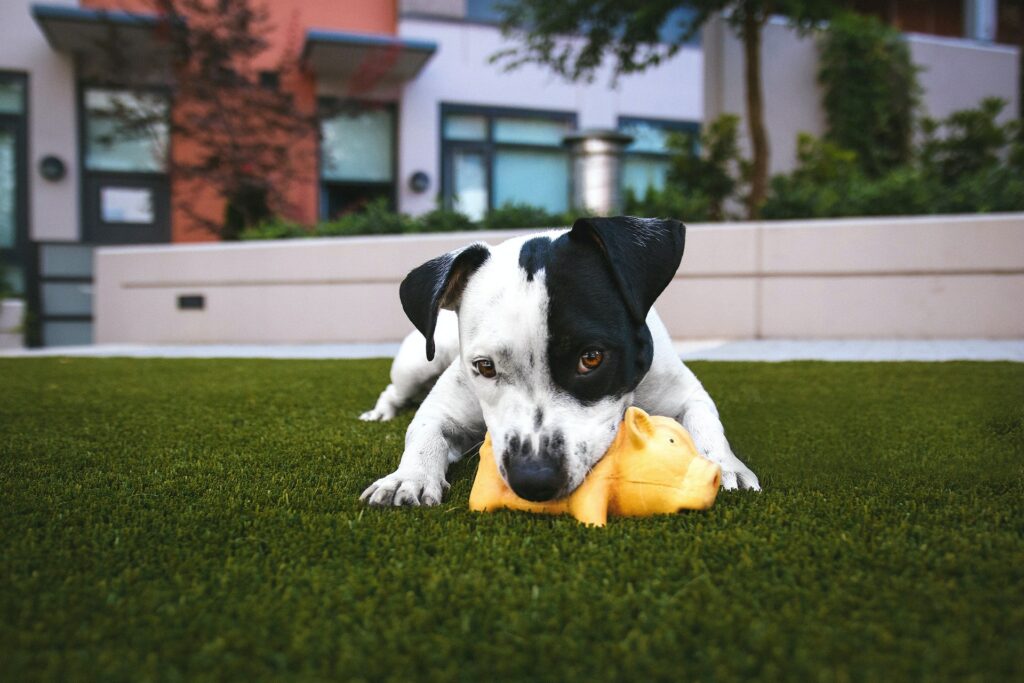
First and foremost, if you’re planning to do some serious pet photography on your own, it’s a good idea to have a helper present — someone your pet knows and trusts. This person can help you distract your pet so you can get the shots you’re looking for. Additionally, they can also keep Fluffy well fed with a constant supply of treats (provided he’s cooperating, that is).
2. Avoid The Flash
In addition to being a bit scary for some pets, the flash can cause “green eye” in some animals, such as cats and dogs. Similar to red-eye in humans, the almost ghost-like effect on your pets’ eyes comes from a reflective layer behind their retina called the tapetum lucidum. It’s this layer that helps your cat or dog see so well in the dark, but that keeps you from taking gorgeous photos.
The best way to avoid the green-eye effect in your pet photography is to simply not use a flash. Using natural light will help eliminate this issue because there’s no light directly reflected in the animal’s eyes. However, if you must use a flash, point it upward and away from the animal so it’s less likely to reflect in their eyes.
3. Use The Biggest Window In Your Home
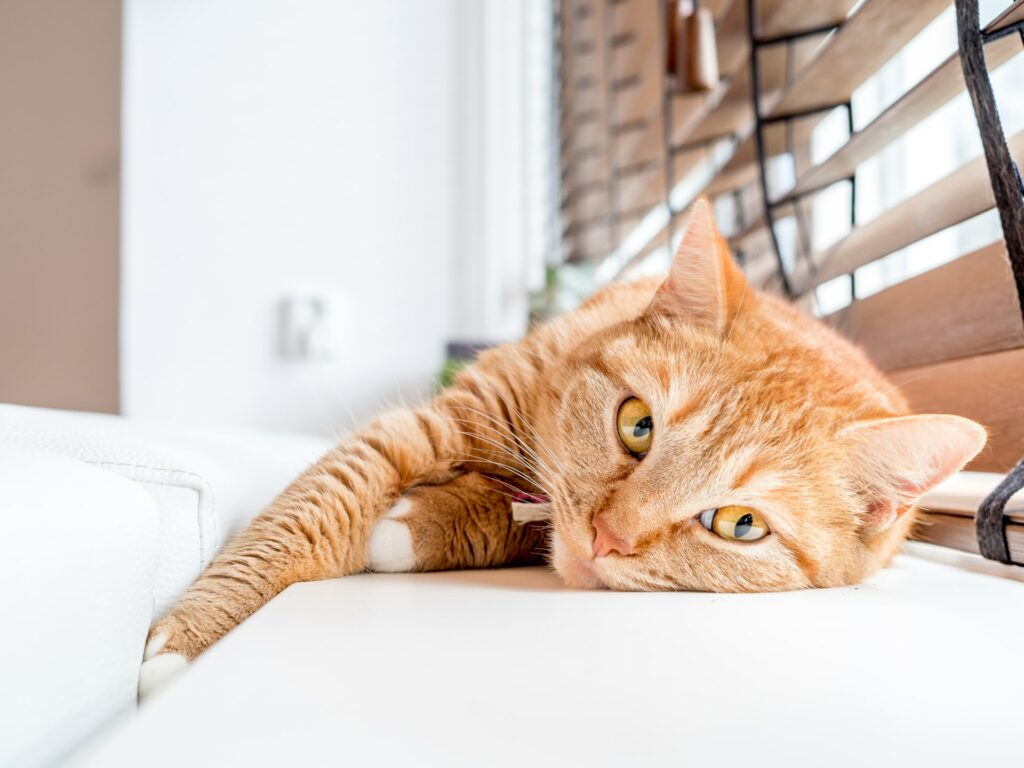
Since you’re avoiding the flash, make sure you’re looking for a big, bright light source — preferably from sunlight. Professional pet photographer and owner of Candid Kitten, Josh Fenn, recommends getting “as close to the biggest window in your home as you can. Natural window light will do wonders for your photographs, even from a cell phone.”
Unless you’re specifically going for a silhouette effect, make sure you’re photographing your pet with the window at the side, as opposed to behind your pet. If you want to capture the texture of their fur or skin, you’ll need that light.
4. Get Down To Their Level
Fenn also recommends people get down to “pet level” to photograph their furry friends. “Once you’re near the window, be sure to get yourself and your camera down to eye-level with your pet. This will make them appear larger than life and have more of a human presence as the subject of your photo.”
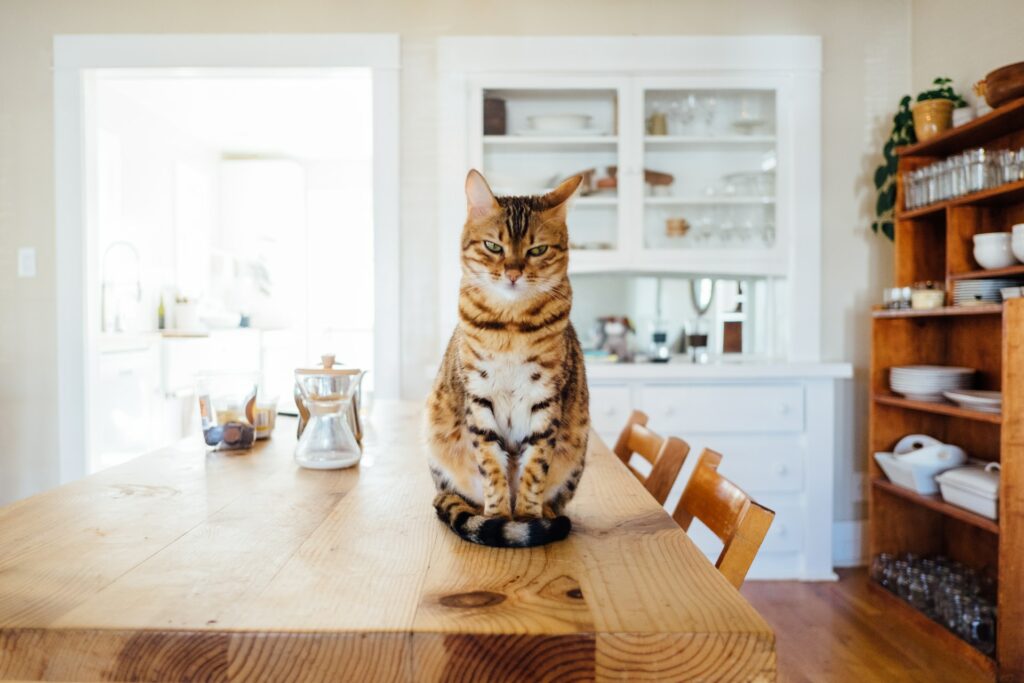
Lisa Bettany is a professional photographer and co-founder of the popular iPhone app Camera+. Needless to say, she knows quite a bit about getting great photos on your iPhone and she agrees with Fenn on this one. “The best perspective for showing the personality of your pet is close-up at their eye-level. This usually means you will have to crouch down or lie on your belly to get a good angle. Shoot fast and furious and have your pet’s favorite toy or some treats on hand to distract and get that glint of excitement in their eye.”
By providing a different physical perspective in your pet pictures, you can evoke a different emotion. The top-down angle is considered to be most flattering for humans — it slims us out and makes us stand taller. That’s why it’s so popular for those bathroom selfies. But for pets, this isn’t the case.
When you photograph your pet from your eye-level, they appear small and fragile. Sometimes, it’s part of a funny narrative — such as when you’re trying to convey that your dog is begging for the food you’re eating. But if that’s not your intention, you’re not doing much justice to their personality. Filling your frame with their sweet little faces will make them look like the fierce animals they believe they are.
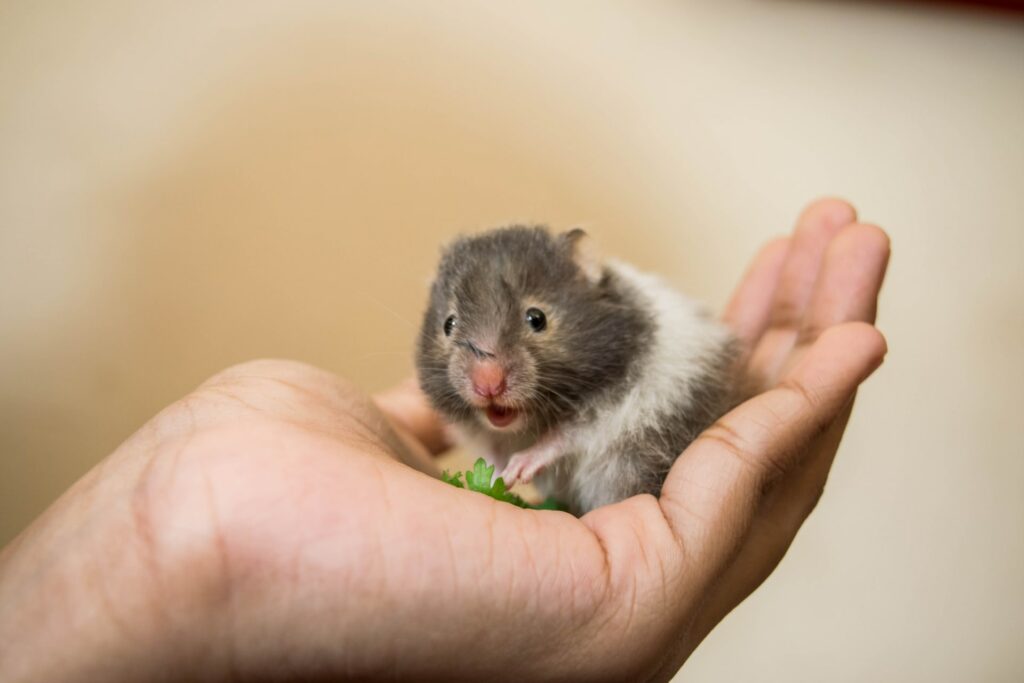
One word of caution: being on your pet’s level may mean Fido is particularly interested in the camera. While this may make for some funny photos, it may not be the shot you’re intending to capture. Again, it might be a good idea to have a helper around with treats and a leash. Bettany encourages patience, saying that “It may take a few sessions to get a great portrait shot.”
5. Increase Your Shutter Speed For Sharper Pet Pictures
Fenn typically uses a telephoto lens when taking pictures of pets (either his own or others). This adds to the “larger than life” effect. While you may not have a telephoto lens — or you’re simply using your smartphone — he has another hot tip for taking sharp pictures of your pet: increase your shutter speed.
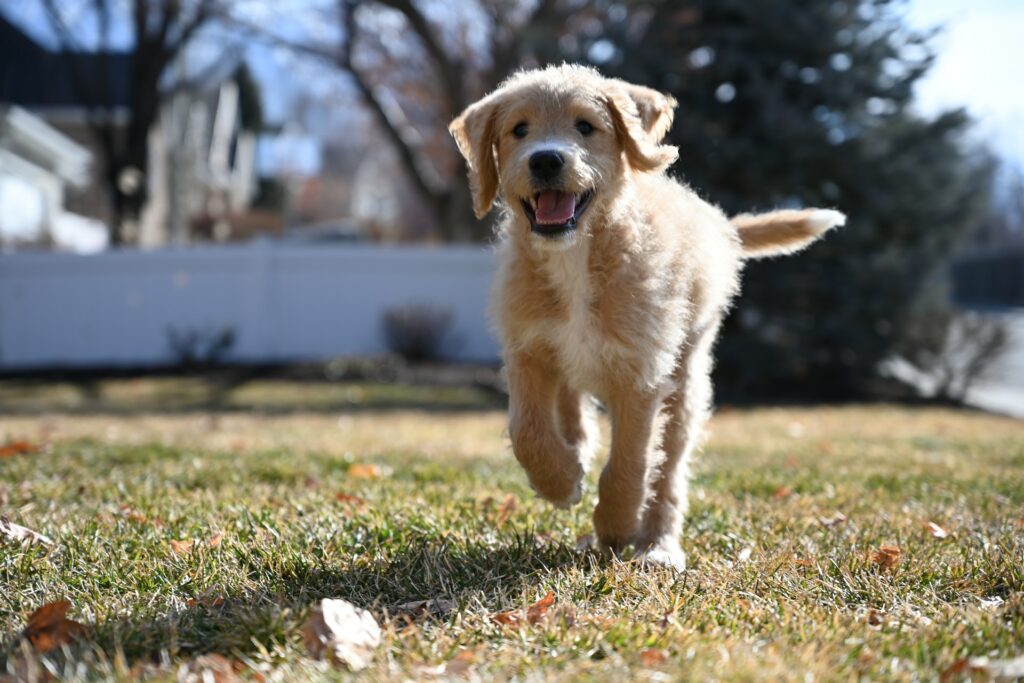
Fenn talked to me specifically about this factor. “The camera settings for pet photography are very similar to sports photography. You typically need a very fast shutter speed (1/500 seconds) to truly capture the action while maintaining a sharp image.”
If you’re using a DLSR, all these settings will be adjustable for you, but if you’re using a smartphone, you may need to purchase a third-party app to change the shutter speed.
6. Let Cats Lead
If you own cats, you know they’re not interested in doing anything you want them to do. Because cats think they run the household, letting them take the lead is the path of least resistance, and it will likely lead to some great shots.
Fenn primarily photographs cats (beautifully, by the way), so his advice is solid here. “I prefer to use toys as a main motivator for getting the cats to cooperate. Treats will work well as a last resort but they tend to not keep enough distance to capture them properly if you have a treat in hand.” And trust me — most cats don’t want to be on a leash.
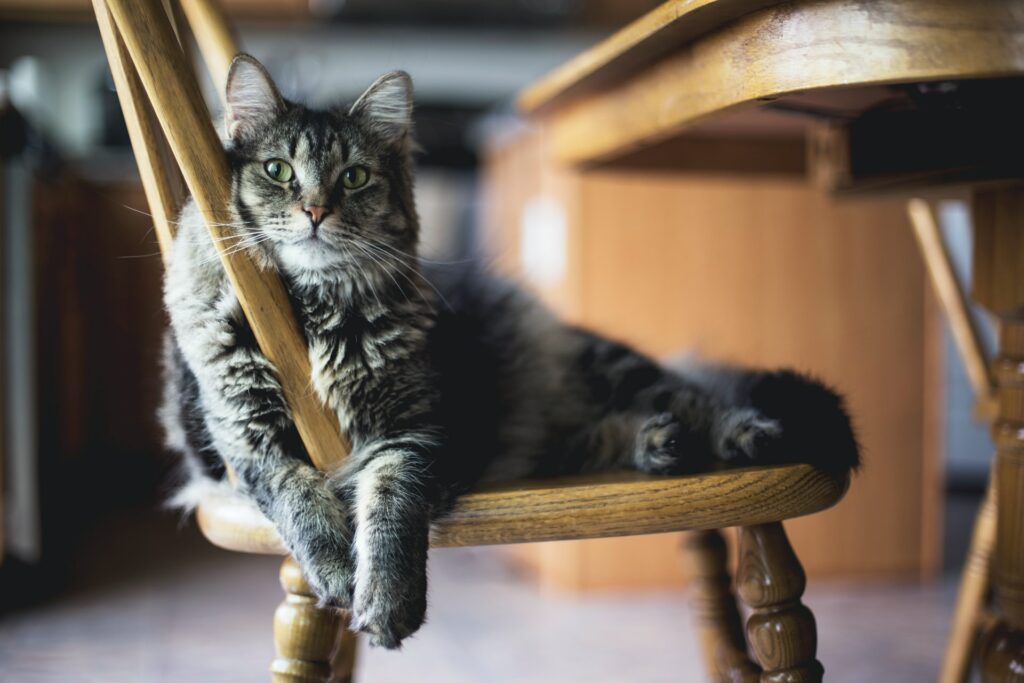
“You can’t fully rely on motivators though; part of the work is capturing them in their natural and comfortable state. Especially with cats, you just have to let them do their thing to an extent and tag along for the ride.”
So if Shiva is interested in lying down on the couch and ignoring you entirely, let her do it. If she wants to watch the birds out the window, get down on the ground and see if you can get a gorgeous profile shot of her looking up at the bird feeders. Move around her and get the shots you can. If she moves, you can try again from a different angle.
But if she’s in a bad mood and wants nothing more than to get further away from you, cut your losses and try some other time.
7. Make Your Pet Comfortable
“I always find that calm and happy pets tend to photograph the best,” says professional pet portrait photographer Danielle Spires. “Anything your pet might need to make them feel safe, secure and happy is important, whether it’s CBD oil, catnip, their favorite toy, or a giant bag of treats.”
Spires stresses the importance of pet parents in this regard, saying they should make an effort to be “calm, normal, and chill. When pet parents are anxious about the shoot or on edge, the pets pick up on that.”
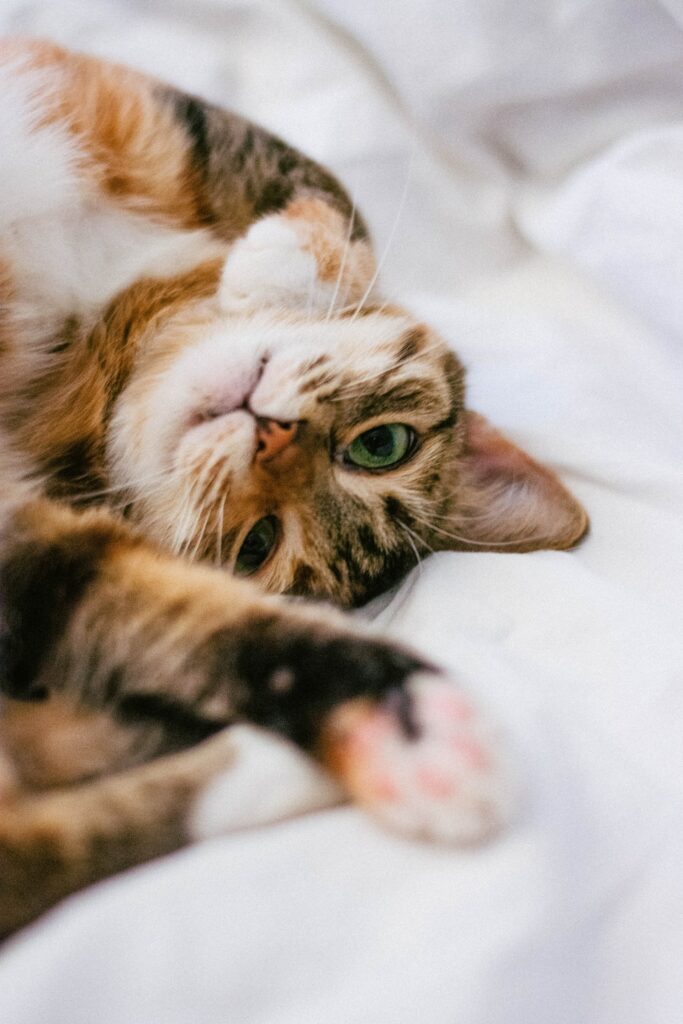
Therefore, Spires likes to let the pets ease into the shoot, perhaps by playing a little bit before things get started. “One way to combat this is to let the pets walk around and sniff things. It also helps to let me play with them a little, so they know I’m not a veterinarian, I’m just a new friend! Let them realize they’re in a safe environment, encourage them to eat some treats or play with a toy, just like they would at home.”
8. Embrace The Unpredictable
While our pets’ unpredictable behavior may be a stressor for non-photographers, the pros tend to take their animal instincts a bit more in stride. Fenn says, “The erratic behavior is what makes for the best photos! I prefer to get them worked up and having fun; that’s the best way to get their personality into the photograph.”
He reiterates the importance of the quick shutter speed in these situations, but believes action shots are “so much better than a sleepy pet that’ll barely keep its eyes open.”
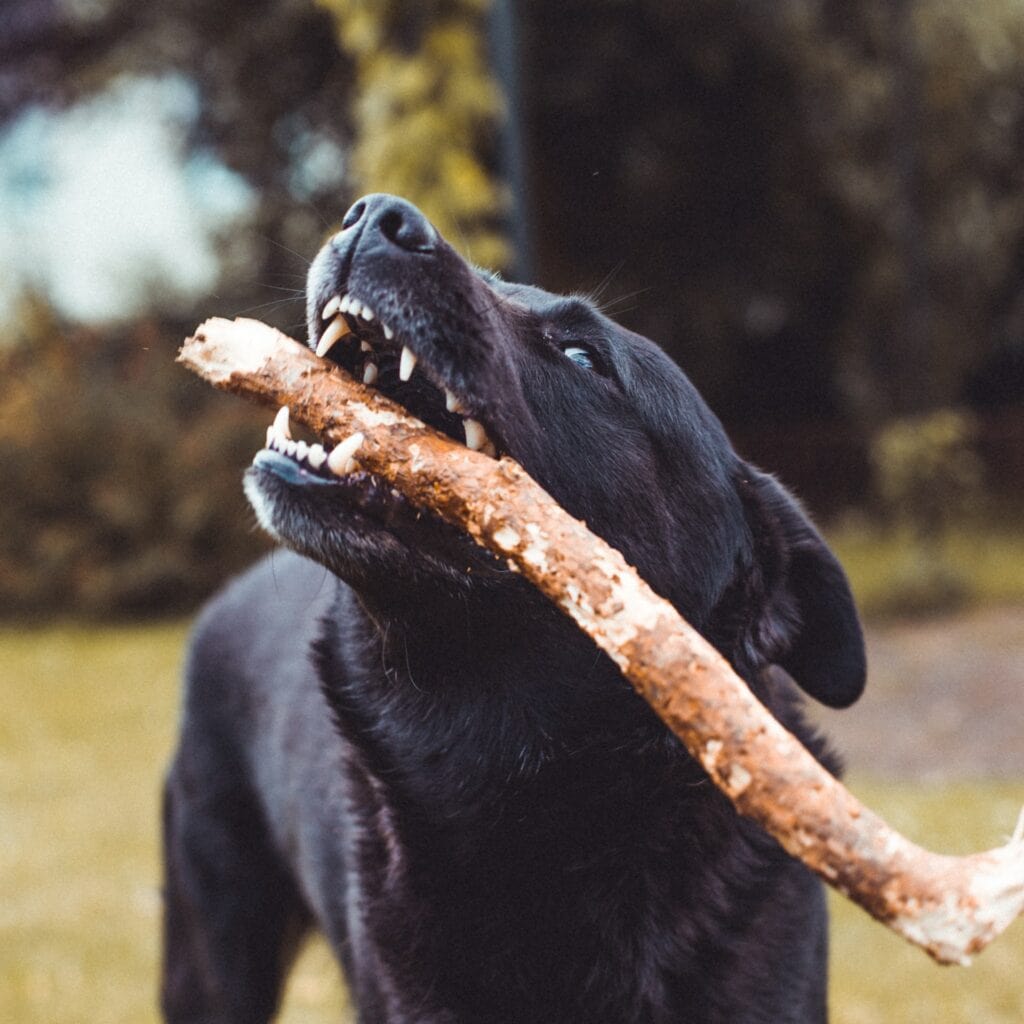
9. Trust Your Instincts
For getting good pet pictures, Spires puts a lot of faith in pet owners.
“You know your pets better than anyone else! Trust your instincts, keep your pet happy and calm and you’ll get great photos.”
Don’t put your pet in a situation you know will stress them out. If your puppers is bothered by loud noises, don’t choose the park by the train tracks for your dog photography session. Instead, stay in your backyard, or go for a walk in a quieter neighborhood. There are plenty of opportunities, as long as you’re catering to your pet’s personality. Spires believes that “If you look hard enough, there’s always a picture-worthy moment.”
10. Take A Lot Of Photos
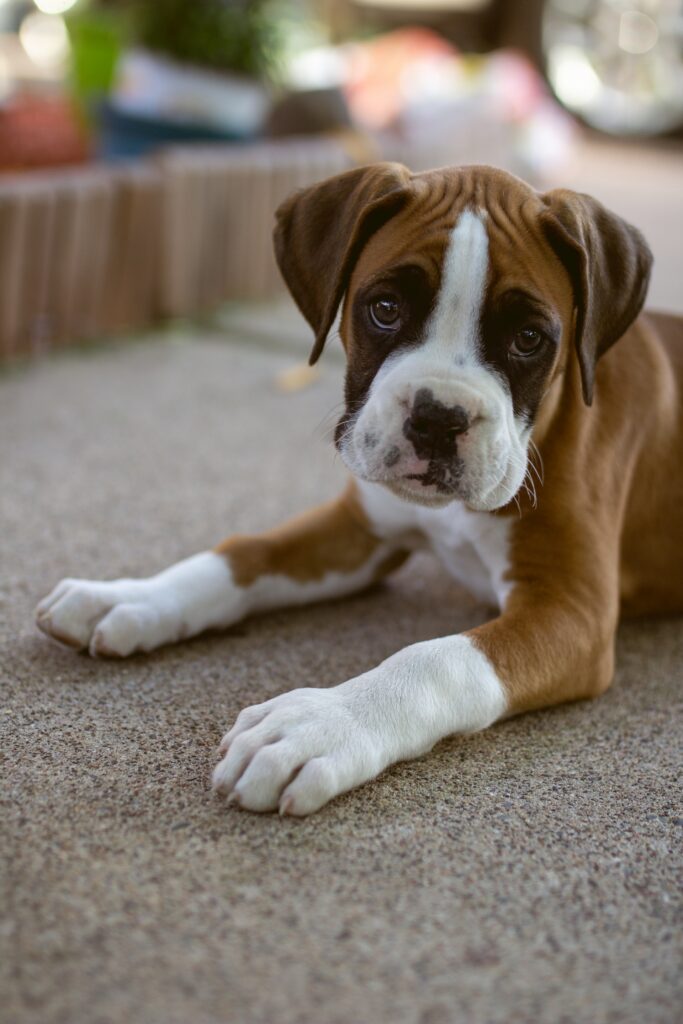
Taking good pictures of animals is largely about taking a lot of photos. The more photos you take, the more likely you are to get a good one. Fenn says that out of 100 photos, you might get 5 or 10 that are worth keeping.
If you’re using a smartphone, take advantage of burst mode. Again, you might end up only liking a couple of the photos, but you may not have been able to capture them without this feature.
Custom Pet Photo Gifts
Once you’ve taken great pictures of your pets (or someone else’s), you may want to get some printed out. We print a ton of dog photos around here, and we love seeing all those cute, furry faces come off the line.
Pet photos make great holiday, birthday, or everyday “I’m thinking of you” gifts. Here are some ideas for your favorite pet parent:
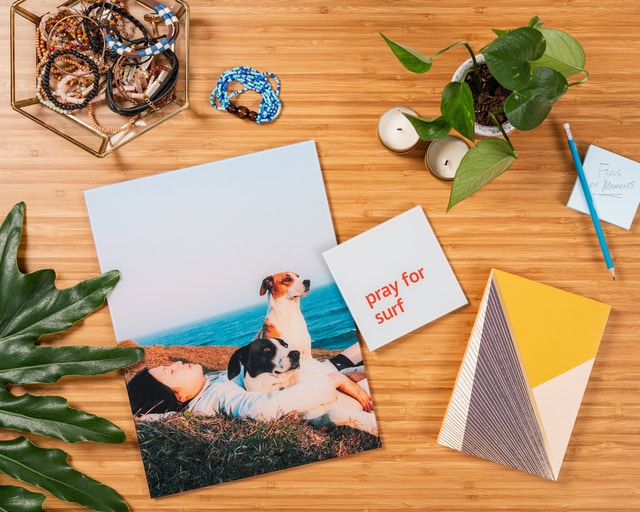
Then/Now Portraits
One of the fun things about raising a pet is that you get to watch how they change as they grow. There’s no better way to show these changes than through a Then/Now series.
Printing a baby photo and placing it next to one in which they’re fully grown is a sweet reminder of how little they used to be and the funny things they used to do, while simultaneously being grateful they aren’t that little anymore (because they’re house-trained). Hang them side-by-side on a wall, and you have something to smile about every morning.
Obviously, this would translate into human kids’ photos seamlessly. If you’re not sure what to get your partner for a birthday, Mother’s Day, Father’s Day, Christmas, Hanukkah, or Valentine’s Day, this idea is perfect. If you want to take this even further, choose a photo of your human baby with your fur-baby and then another taken a few years later when they’re bigger.
Custom Pet Portraits
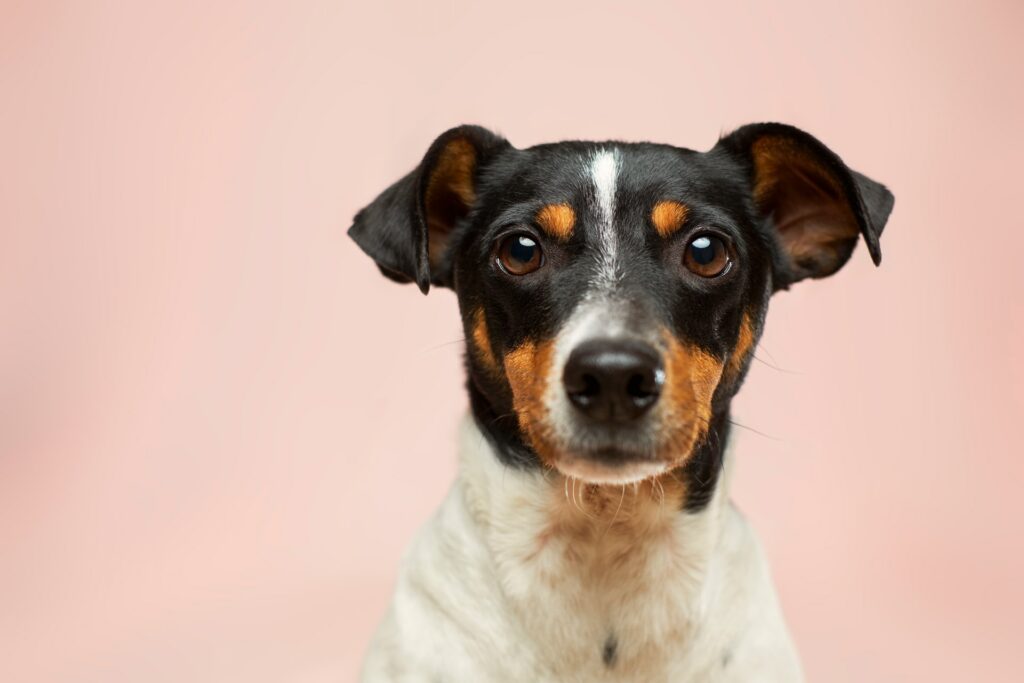
Another fun gift for pet-lovers is a custom portrait actually drawn or painted by an artist. Find a caricature artist to sketch your pet doing the thing they love most, but that drives you insane.
Perhaps they wake you up in the morning by knocking every single item off your dresser one by one. Maybe your puppy likes chewing (and completely destroying) your favorite shoes. This is the type of one-of-a-kind gift that can be treasured forever.
A Day in the Life Series
Bettany also gave me a fun and different pet photography idea: a Day in the Life series.
Let’s be honest, we’ve all wondered what our pets do all day. We go to work, run errands, come home, and they’re plopped on the same spot on the couch they were on when we left hours earlier. Why not use a day off to hang out with them and document their day?
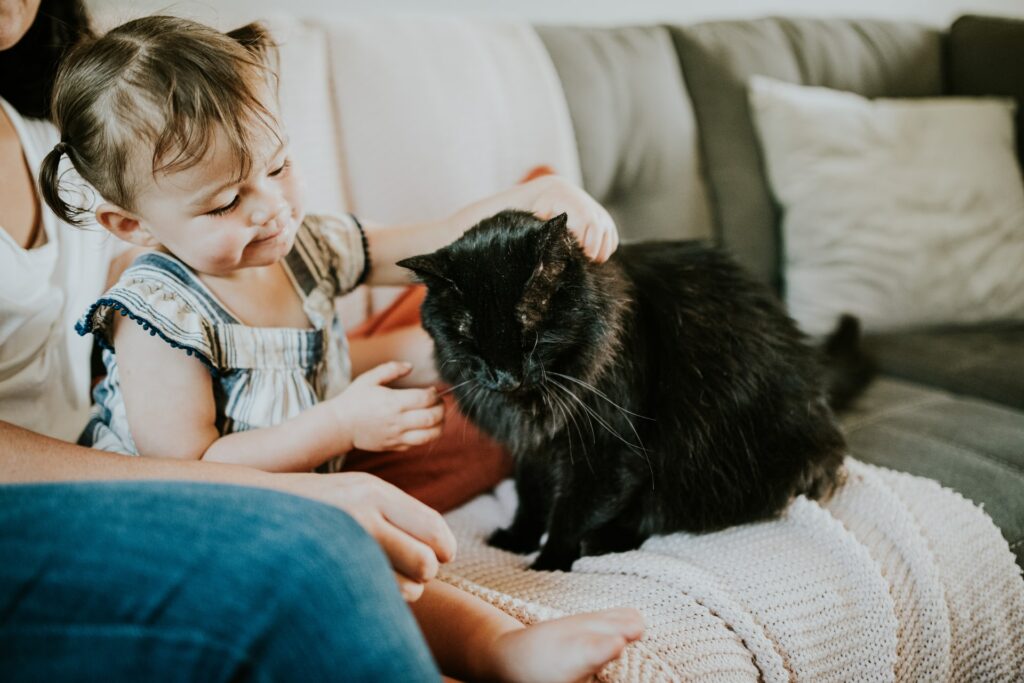
Bettany gave us some specific ideas like, “mealtime, out on a little adventure, playing with their favorite toy, and snuggled up in bed.” Does your dog have a favorite shady spot in your yard? Take some photos of her relaxing there in the afternoon. Does she help you pick up sticks (and then leave them in another spot in the yard)? Get some action shots.
No matter what activities you choose to embark upon during the day, bring your camera (or your phone) and make sure you’re snapping some photos along the way. As Bettany says,
“Capture things that are meaningful for you and your pet.”
Personalized Pet Memorials
While it’s no one’s favorite thing to think about, our pets aren’t likely to out-live us. It’s heartbreaking to lose a pet, but every pet owner goes through this at some point.
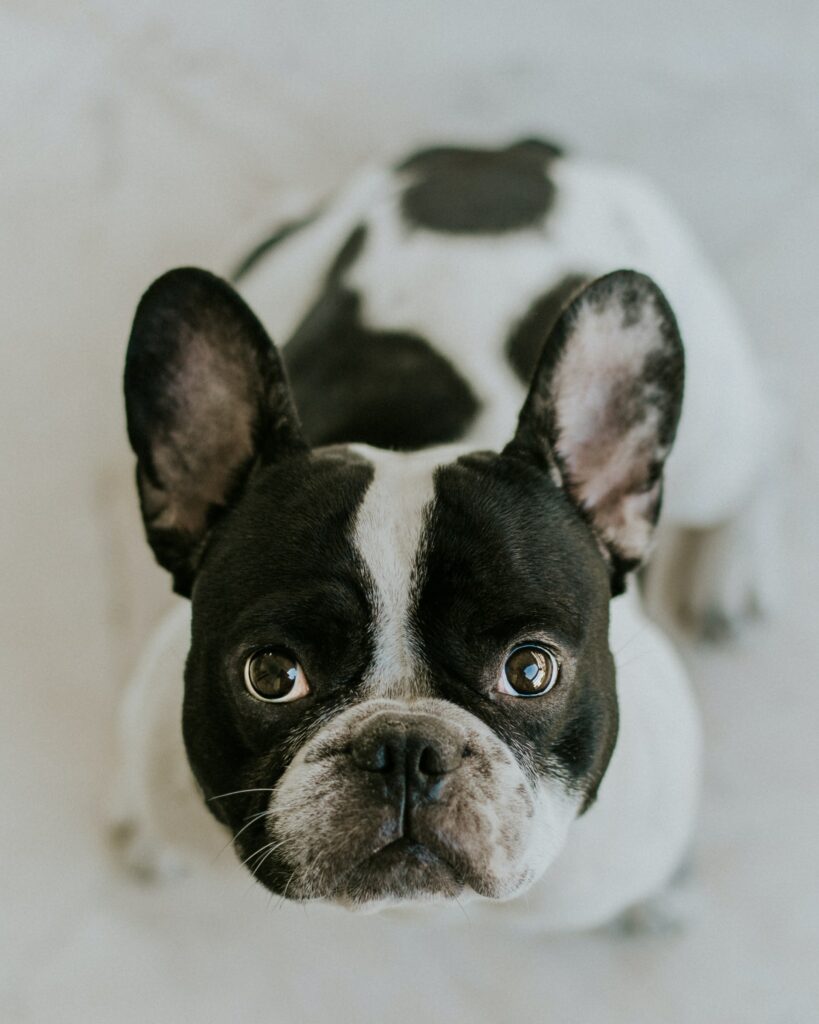
Printing and displaying your favorite photos of a beloved pet can help you feel like a part of them is still with you.
Displaying Your Pet Photos
There’s no wrong place to put your favorite pet photo — the living room, a bedroom, an office. Anywhere you spend a lot of time, and where you know you’ll see that sweet little face.
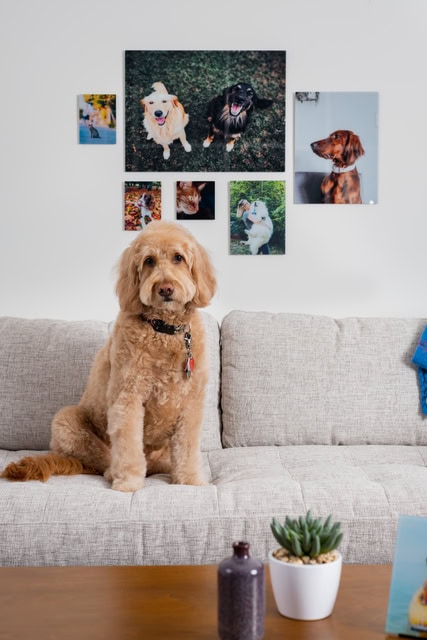
And of course, we might be a bit biased, but Fracture glass prints are one of the easiest and most beautiful ways to print and display your favorite pet photos. With Fracture prints, there’s no need to worry about choosing the perfect frame, because your pet photo will be printed directly onto glass. We’ll even give you everything you need to hang it on the wall — no extra hardware required.
No matter how you choose to display them, we’re excited to see what you can get out of your pet photography session.
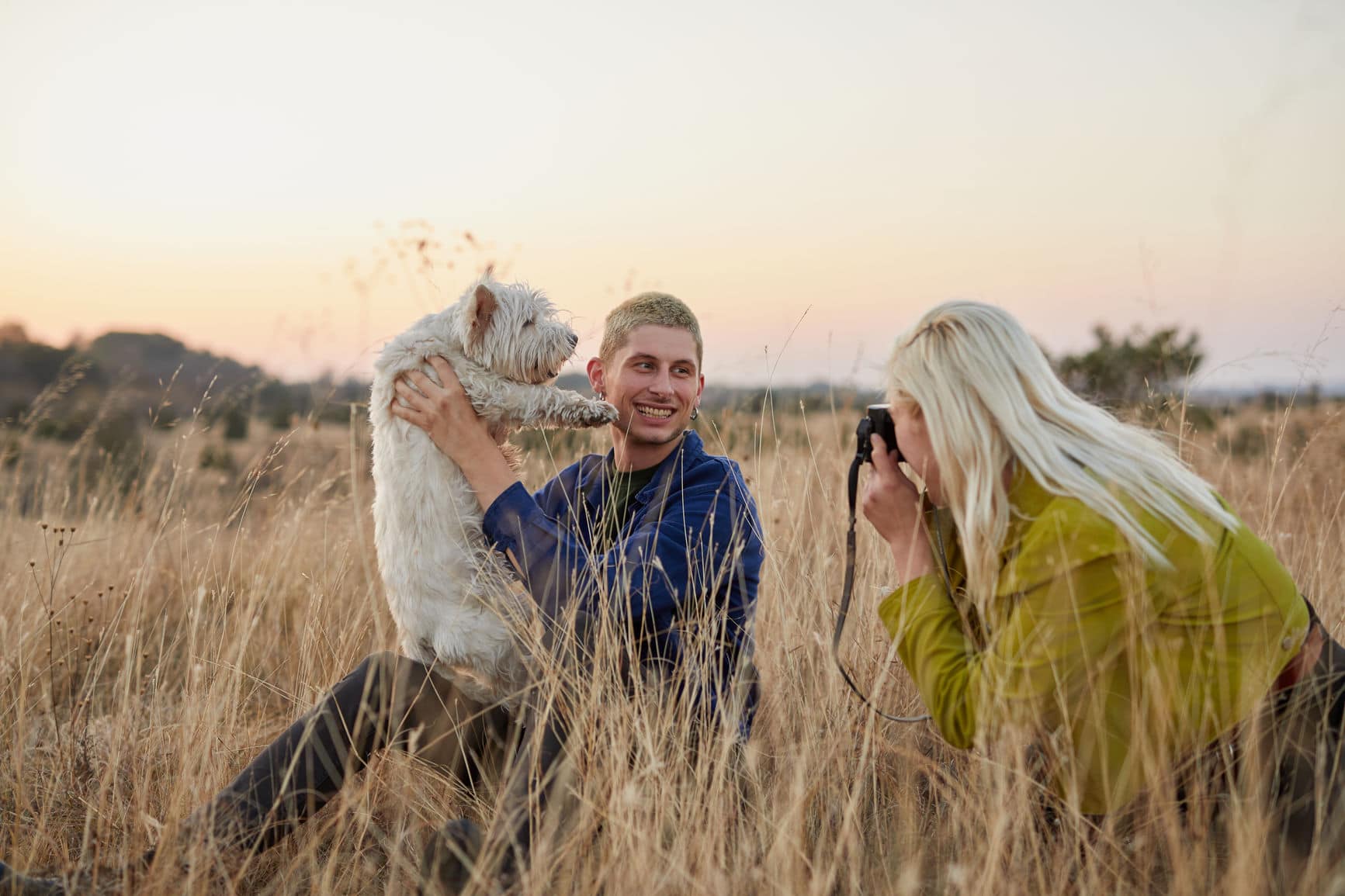

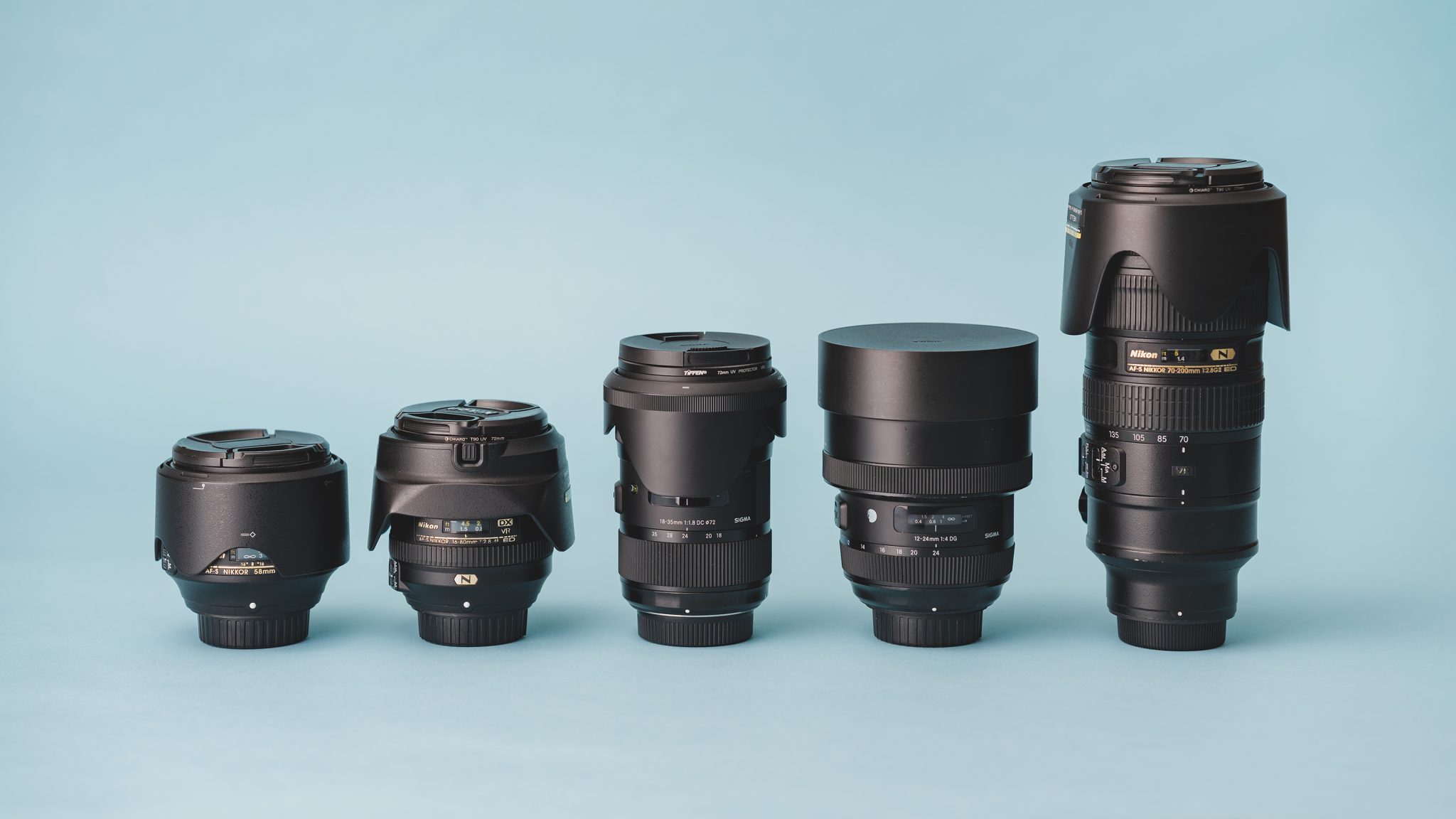
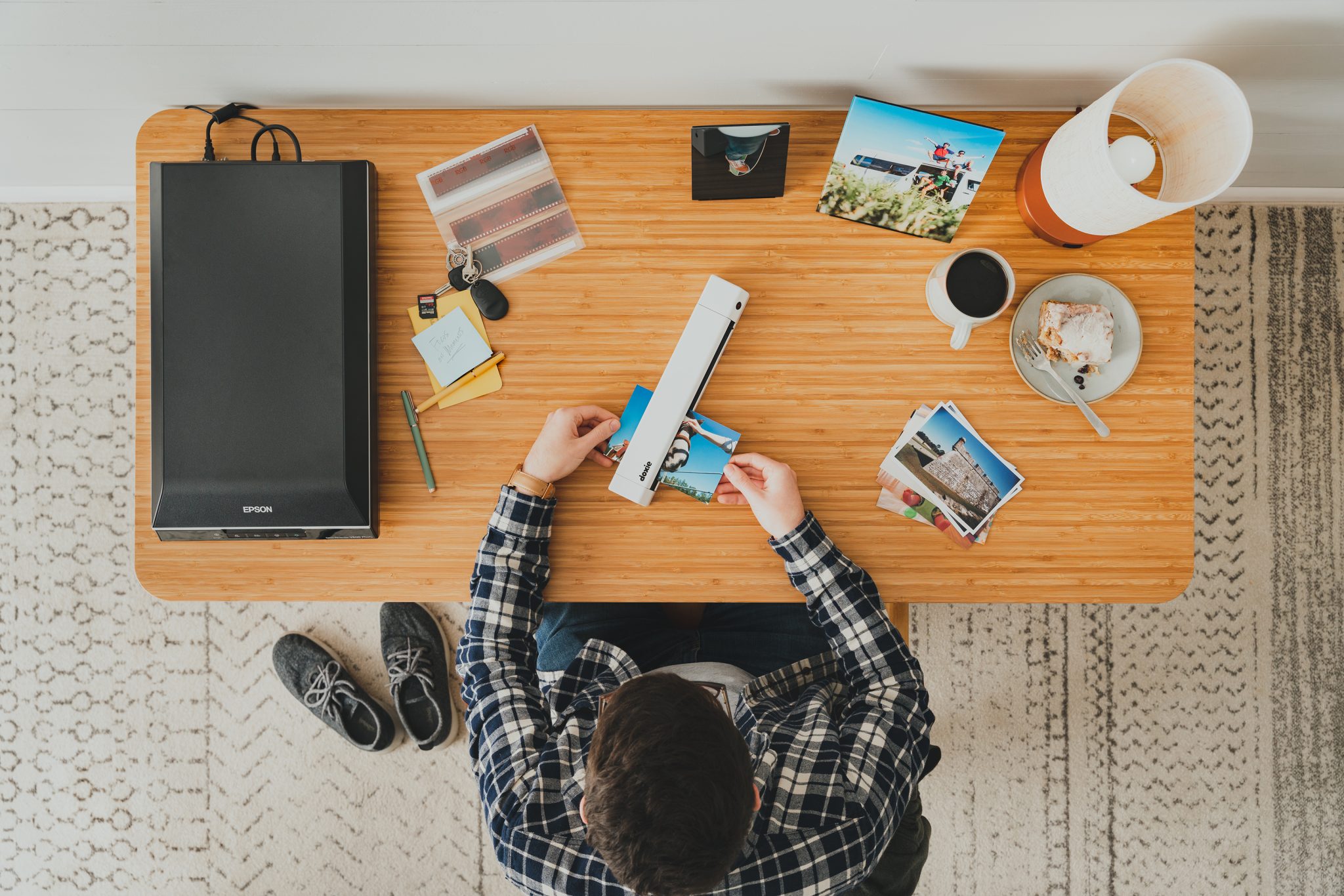
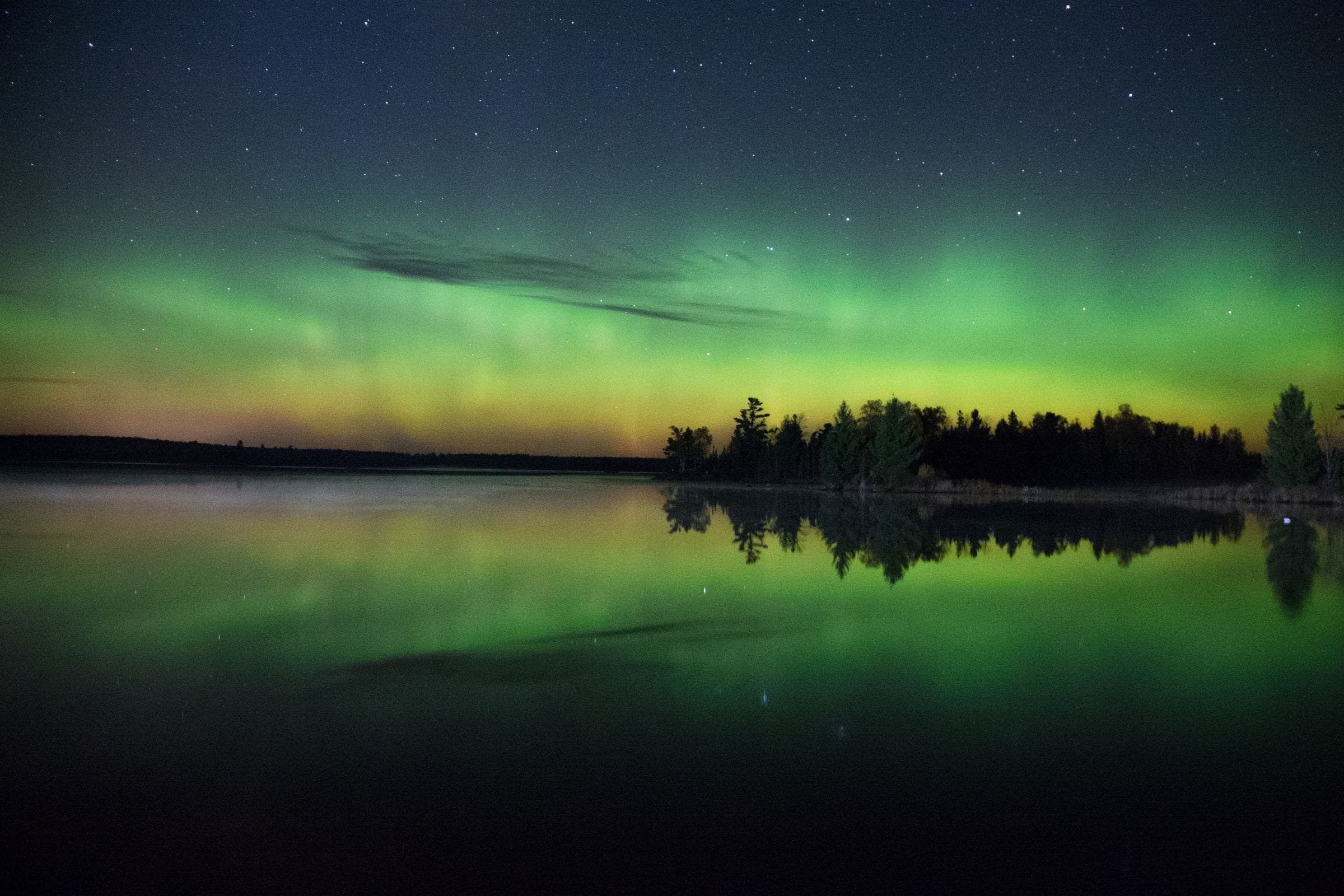

Comments